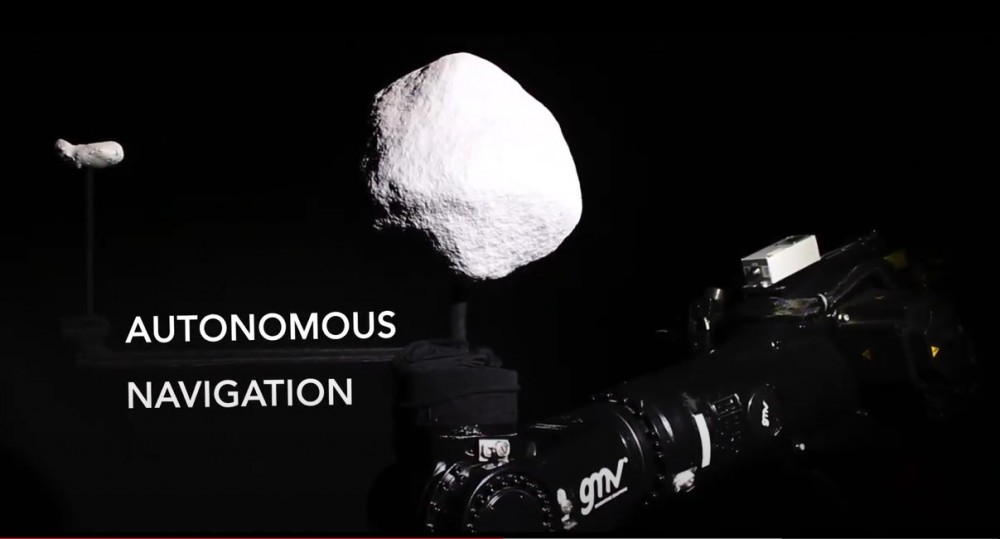The DART launch kick starts the HERA mission

On 24 November NASA successfully launched the Double Asteroid Redirection Test (DART) probe, heading for the small asteroid Dimorphos, which it will deliberately crash into in autumn 2022 in an attempt to tweak its orbit.
DART forms part of the Asteroid Impact and Deflection Assessment (AIDA) mission, an international collaboration between the European Space Agency (ESA) and the North American Space Agency (NASA). Its main remit is to study how far the kinetic impactor technique (by means of DART) can deflect the orbit of a nearby binary asteroid system called Didymos. The after-collision effect will then be monitored and characterized by HERA. This system is made up by two asteroids: Didymain, with a diameter of 780 meters, is the larger; Dimorphos, 160 meters wide and the one NASA’s mission is heading for, is the secondary asteroid orbiting the former.
Europe’s HERA mission is due to reach the asteroids in 2024 with a twofold goal: firstly, to develop and demonstrate new planetary-defense technology and, secondly, to monitor the asteroid system after the DART impact, gleaning priceless insights for planning strategies against any real risk of asteroid impact against the earth.
HERA has a GMV-developed guidance, navigation and control (GNC) system for guiding a spacecraft to any asteroids that might pose a real impact threat or represent a particular scientific or commercial interest, and also setting up the orbit around it.
HERA’s GNC successfully passed its preliminary design review (PDR) to check it meets requirements and to present the system’s preliminary design, greenlighting the start of the detailed-design and implementation phase.
Asteroids tend to be small and low-mass, irregular in shape and lie in the little-known environment of outer space. All these factors make it difficult to safely control the spacecraft during the extremely demanding tasks of approach and then navigating around the asteroid. To meet this challenge GMV is developing a groundbreaking GNC system that meets this additional safety requirement and ensures mission success.
The GNC system developed by GMV for HERA autonomously runs the flight plan defined by the human controllers on earth, edging the autonomy level up to complete onboard calculation of the necessary maneuvers for flying at a given height or carrying out an escape maneuver in the event of any collision risk.
GMV is also in charge of designing and developing for this mission the GNC system of Juventas, one of the two CubeSats traveling onboard Hera; once released from the mother craft, Juventas will nuzzle up very close to Dimorphos so that its onboard radar can investigate the asteroid’s internal structure before finally touching down.